Dokdo Through the Ages: From Joseon Dynasty to the Present Day
The Dokdo Islands, known as Dokdo in Korea are a group of small islets located in the East Sea. These islands have been a focal point of historical, cultural, and political interest for centuries. This article will take you on a journey through the rich history of Dokdo, from its early mentions during the Joseon Dynasty to its current status.
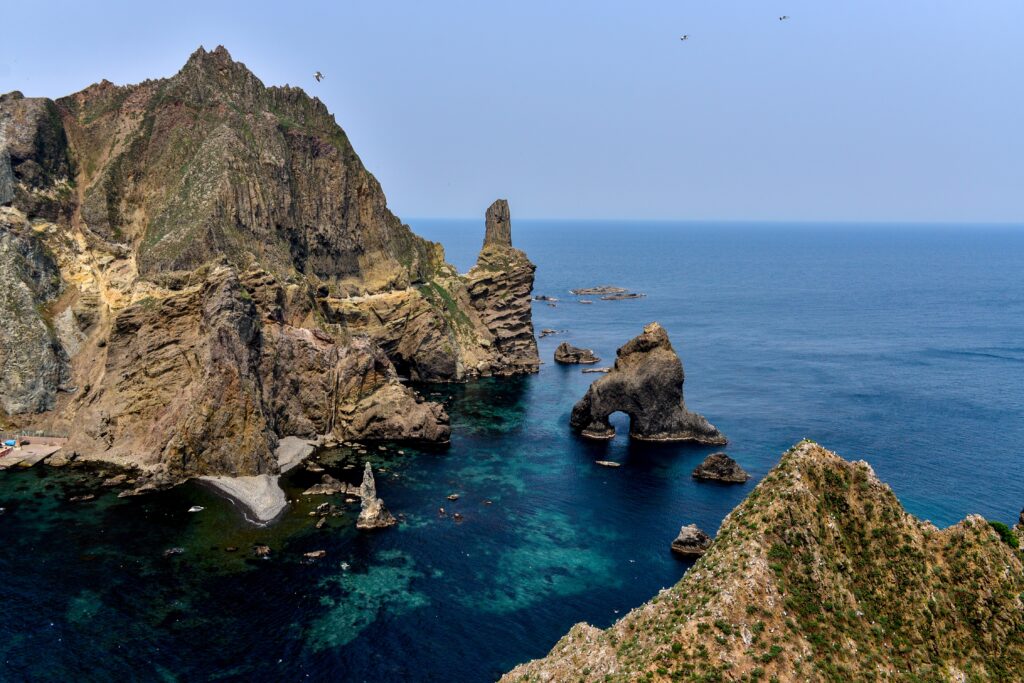
The Early Mentions During the Joseon Dynasty
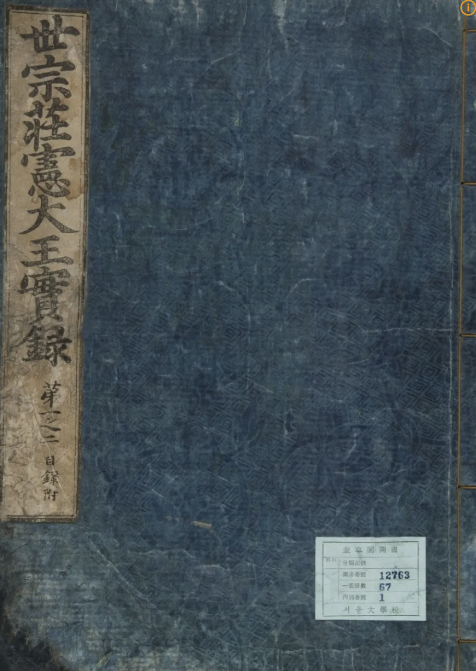
The first recorded mention of Dokdo dates back to the early Joseon Dynasty, which ruled Korea from 1392 to 1897. Historical records from this period, such as the “Sejong Sillok Jiriji” (Geography Section of the Annals of King Sejong), document Dokdo as Korean territory. The islands were described as a part of Uljin County and were known to be a rich fishing ground for the local population.
During this time, Dokdo was referred to as Usando, and it was often mentioned alongside Ulleungdo, another significant island in the East Sea. The Joseon Dynasty’s control over these islands was part of their broader efforts to manage and protect their maritime boundaries.
The Turbulent Times of the Late Joseon Dynasty
As we move forward in history, the late Joseon Dynasty witnessed increased interest in Dokdo from neighboring countries. Japan, in particular, began to show an interest in the islands during the 17th century.
This period was marked by diplomatic exchanges and occasional conflicts over the islands. Despite these challenges, the late Joseon Dynasty maintained its stance on Dokdo being an integral part of Korean territory.
The invasion by Japan
In the early 20th century, the geopolitical landscape of East Asia underwent significant changes. Japan’s invasion of Korea in 1910 also included the seizure of Dokdo. This period marked a dark chapter in Dokdo’s history, as Japan incorporated the islands into Shimane Prefecture.
During this time, the islands were used primarily for military purposes, given their strategic location in the East Sea. The invasion by Japan led to a long-standing dispute between Korea and Japan, which continues to this day.
Post-World War II and the Liberation of Korea
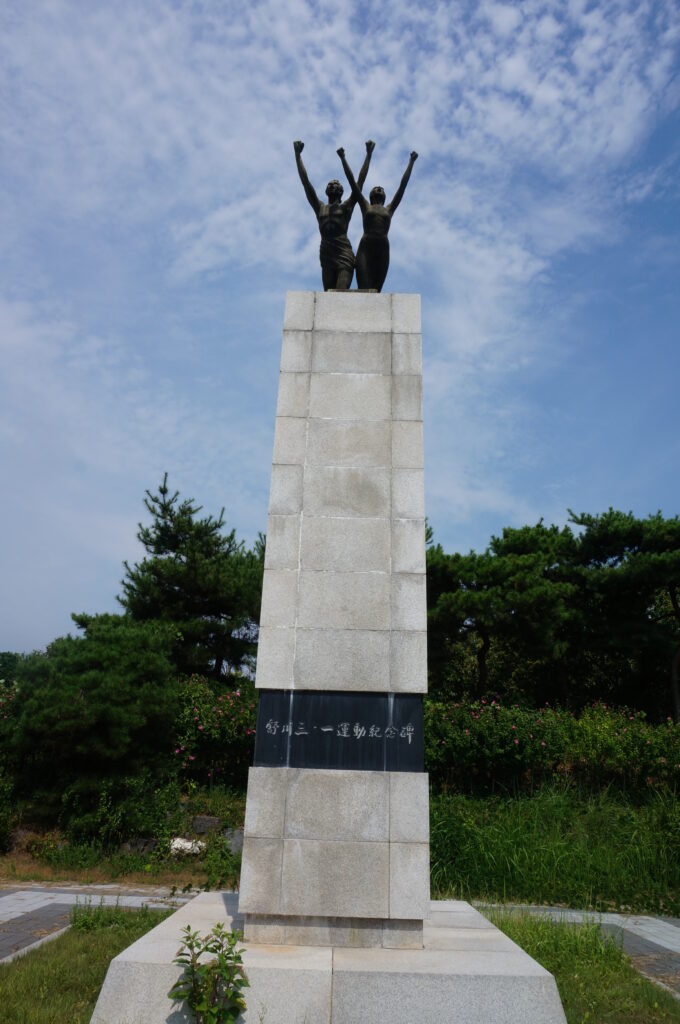
Modern-Day Dokdo: A Symbol of Korean Sovereignty
Today, Dokdo is administered by South Korea and remains a potent symbol of Korean sovereignty and national pride. The islands are home to a small Korean coast guard detachment and a few civilian residents. South Korea has invested in maintaining the infrastructure on the islands, including a lighthouse, a weather station, and accommodations for visitors.
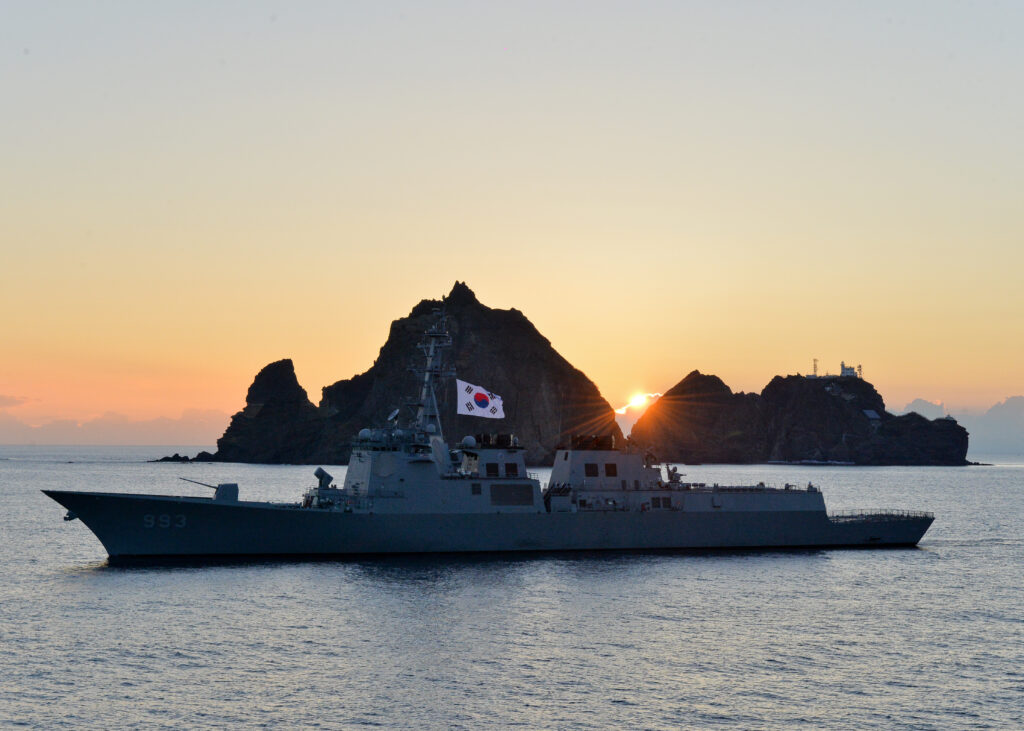
Visiting Dokdo
While access to Dokdo is limited due to its remote location and the need to protect its natural environment, it is possible to visit the islands. Tours to Dokdo typically depart from Ulleungdo, and the journey takes about 1.5 to 2 hours by boat.
Practical Advice for Visitors
When visiting Dokdo, it’s essential to respect the local customs and regulations. Here are some tips to help you plan your trip responsibly:
Respect the Environment: Dokdo is a protected area, and visitors are expected to minimize their environmental impact. Avoid littering and stick to designated pathways.
Follow Guidelines: Pay attention to the instructions given by tour guides and local authorities. This ensures your safety and helps preserve the islands.
Cultural Sensitivity: Understand the historical significance of Dokdo to the Korean people. Show respect by learning about the islands’ history and the ongoing territorial dispute.
Exploring Lesser-Known Attractions Nearby
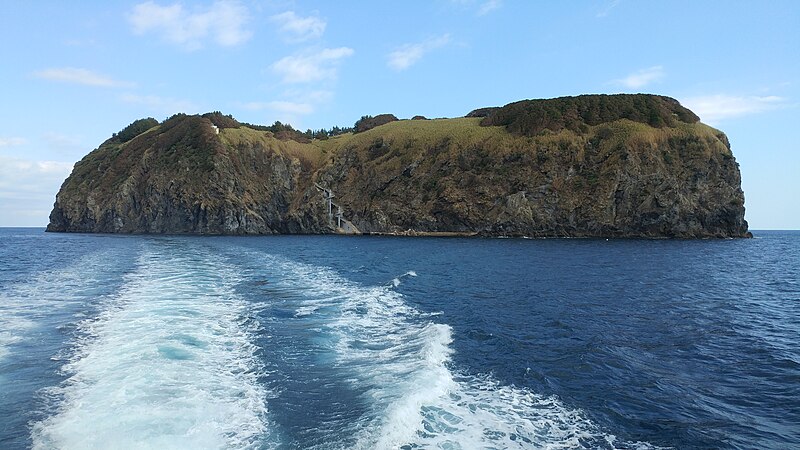
If you have extra time during your visit, consider exploring some lesser-known attractions in the region:
Ulleungdo: Often referred to as the “Mysterious Island,” Ulleungdo offers stunning natural landscapes, including cliffs, waterfalls, and unique rock formations. It’s also a great place to experience local seafood.
Gwaneumdo: A small, picturesque island near Ulleungdo, Gwaneumdo is perfect for hiking and enjoying panoramic views of the East Sea.
Seonginbong Peak: The highest point on Ulleungdo, Seonginbong Peak, offers challenging hiking trails and breathtaking views of the surrounding islands and ocean.
Conclusion
Dokdo’s rich history and cultural significance make it a fascinating destination for travelers interested in Korean history and maritime heritage. From its early mentions during the Joseon Dynasty to its current status as a symbol of Korean sovereignty, Dokdo is a testament to the enduring spirit of the Korean people.
By visiting Dokdo and the surrounding areas responsibly, you can gain a deeper appreciation for this unique part of the world. Remember to respect the local customs, protect the environment, and take the time to learn about the historical context of the places you visit. This approach will ensure a meaningful and enriching travel experience.
Korea’s Exclusive Accommodation Platform for Foreigners
🏠 Now, Popular Accommodations

